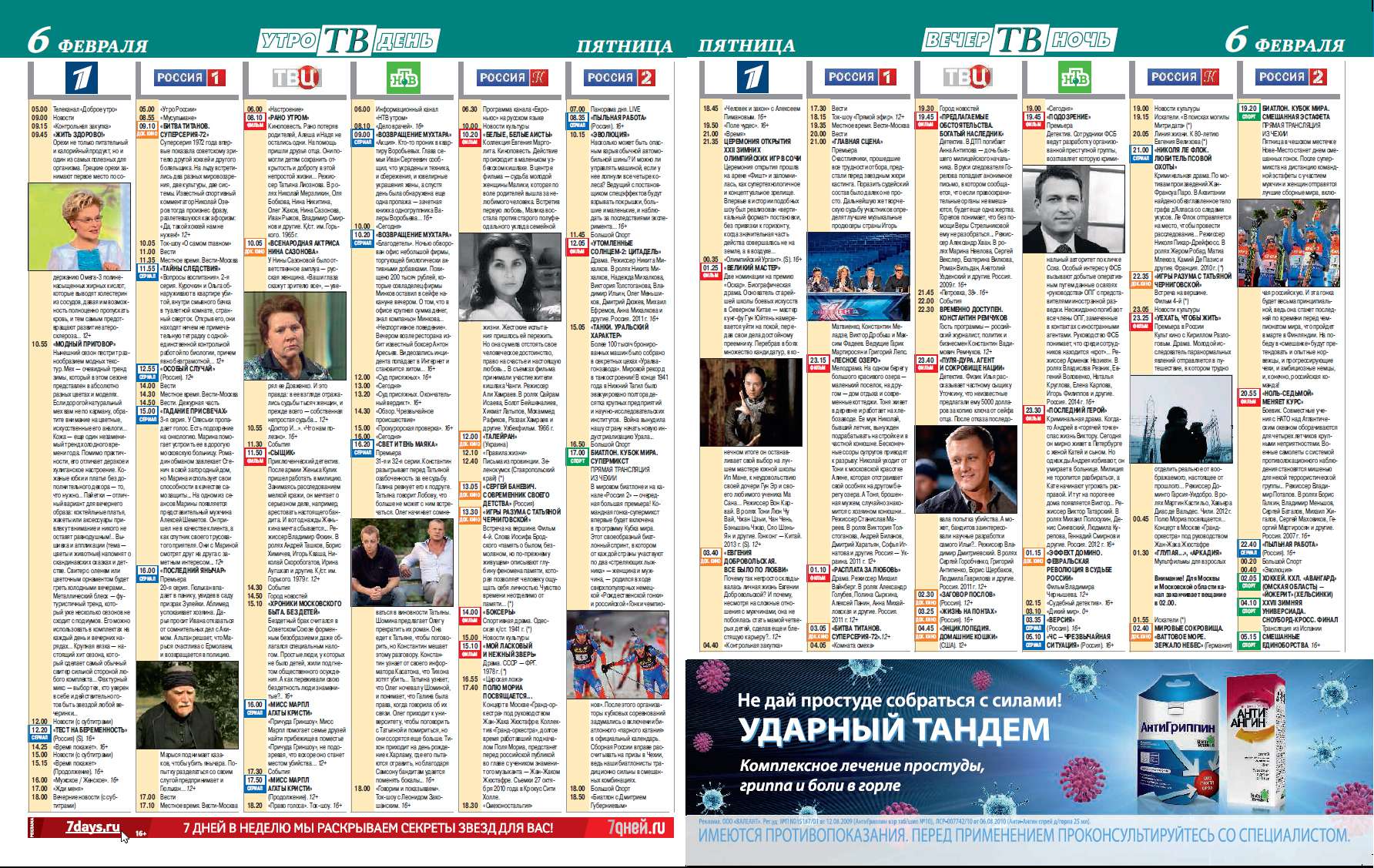The Hidden Story Behind the Script
본문

When it comes to creating engaging characters and telling compelling stories, one of the most powerful tools available to screenwriters is the art of unspoken intentions, which refers to the hidden thoughts that characters convey through their actions, dialogue, and body language, even when they are saying something different on the surface.
Subtext is the unspoken layer that adds nuance to a character, making them more engaging. By hinting at the underlying motivations and thoughts through subtle clues, screenwriters can create tension without having to lay out everything out for the audience.
One of the key benefits of subtext is that it allows the audience to become more involved in the story. When characters are expressing themselves in a more subtle way, the audience is challenged to interpret their true intent, becoming more involved participants in the story. This level of engagement encourages viewers to think critically about the characters and the story, making them more enthusiastic in the outcome.
To incorporate subtext effectively into your screenwriting, there are several key techniques to keep in mind. First, you should aim to create characters with complex inner lives. Give them distinct motivations that drive their actions and decisions, and make sure that their words and actions are aligned with these underlying characteristics.
Another important element of subtext is the use of action. Eye contact can convey a wealth of insight about a character's motivations, even when they are saying something different on the surface. For example, a character may say that they are pleased to leave their partner behind, but if they are hiding, this suggests that there is more to their experiences than they are indicating.
Dialogue is also an essential tool for conveying subtext. Rather than having characters say what they intend directly, try using indirect language that suggests their true intentions. For example, instead of saying "I'm furious with you," a character might say, "You're really irking me today." This can create a more nuanced character, Обзоры фильмов и сериалов one that is multi-dimensional.
Some of the most powerful stories are those that use subtext to explore complex themes and emotions. For example, in David Mamet's film "Glengarry Glen Ross," the main character, Blake, is a persistent real estate salesman who is determined to encourage his team to sell more. On the surface, his words are confident, but beneath the surface, we sense a darker incentive: a sense of fear and a need to honor himself. This subtext adds nuance to the story, making it more thought-provoking.
In conclusion, the art of subtext is a powerful tool in screenwriting that can add complexity to your characters and story. By incorporating this technique into your writing, you can create characters that feel more relatable, and a story that challenges the audience to think critically and engage with the narrative on a higher level.


댓글목록0
댓글 포인트 안내